The American Museum of Natural History (AMNH) is one of New York’s museum giants. Facing majestic Central Park on the Upper West Side, this scientific treasure houses over 33 million objects and specimens spread over 5 floors. For film buffs, the museum’s facades were used as the backdrop for the film“Night at the Museum“, contributing to its worldwide fame. This museum is not just an exhibition space, but a veritable temple of knowledge where young and old can marvel at the mysteries of our planet and beyond.
A fascinating journey through the ages
History and development of a major scientific institution
The history of the museum began in 1869, under the impetus of naturalist Albert Smith Bickmore. In its early days, the museum occupied the Arsenal building in Central Park, a space that soon became too small for its ambitions. Construction of the current building began in 1874, and it was officially opened in 1877 by President Rutherford B. Hayes. Over the decades, the museum has grown steadily, becoming a renowned research centre in fields as varied as astronomy, anthropology and ornithology, where more than 200 specialists work every day to advance science.
The collections: a priceless scientific heritage
With its 45 permanent exhibition rooms, the museum has an exceptional wealth of collections organised by theme. You can explore the Earth’s biodiversity, the evolution of birds and reptiles, the Earth sciences, prehistoric fossils, the origins of humankind and the diversity of mammals. The Rose Centre for Earth and Space offers an insight into cosmic mysteries, while the Theodore Roosevelt Memorial pays tribute to the former President and naturalist. For families, the Discovery Room offers fun and educational activities specially designed for children.
The museum’s must-sees
The majestic blue whale
On the first floor, in the Milstein Family Hall of Ocean Life, you’ll be amazed by the gigantic model of a blue whale suspended from the ceiling. Built in 1960, this reproduction is based on photographs of a female found stranded in South America in 1925. This spectacular installation alone symbolises the grandeur of marine life and has fascinated visitors of all ages for decades.
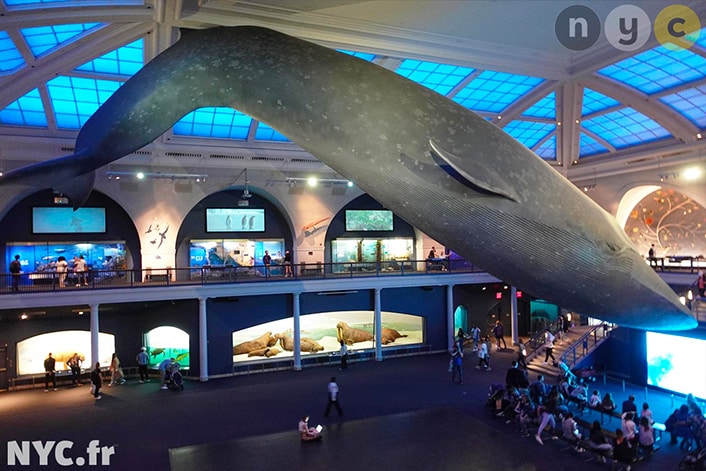
The impressive dinosaur collection
The fourth floor houses what has made the museum world-famous: its exceptional collection of dinosaur fossils. The recently discovered Titanosaurus is 37 metres long and barely fits in the exhibition room. Don’t miss the Stegosaurus with its distinctive dorsal plates, the Triceratops with its impressive horns, and the almost complete skeletons of Tyrannosaurus Rex. Children (and adults) with a passion for these prehistoric giants will spend hours in awe.
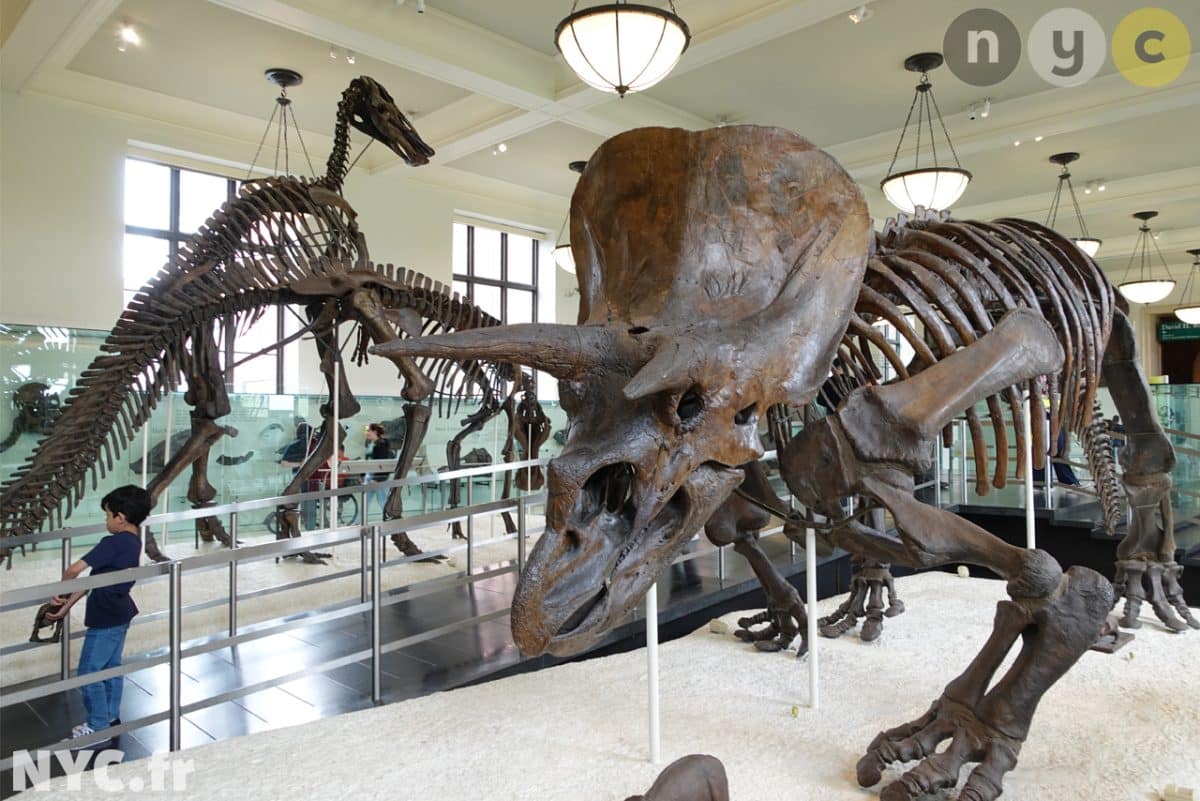
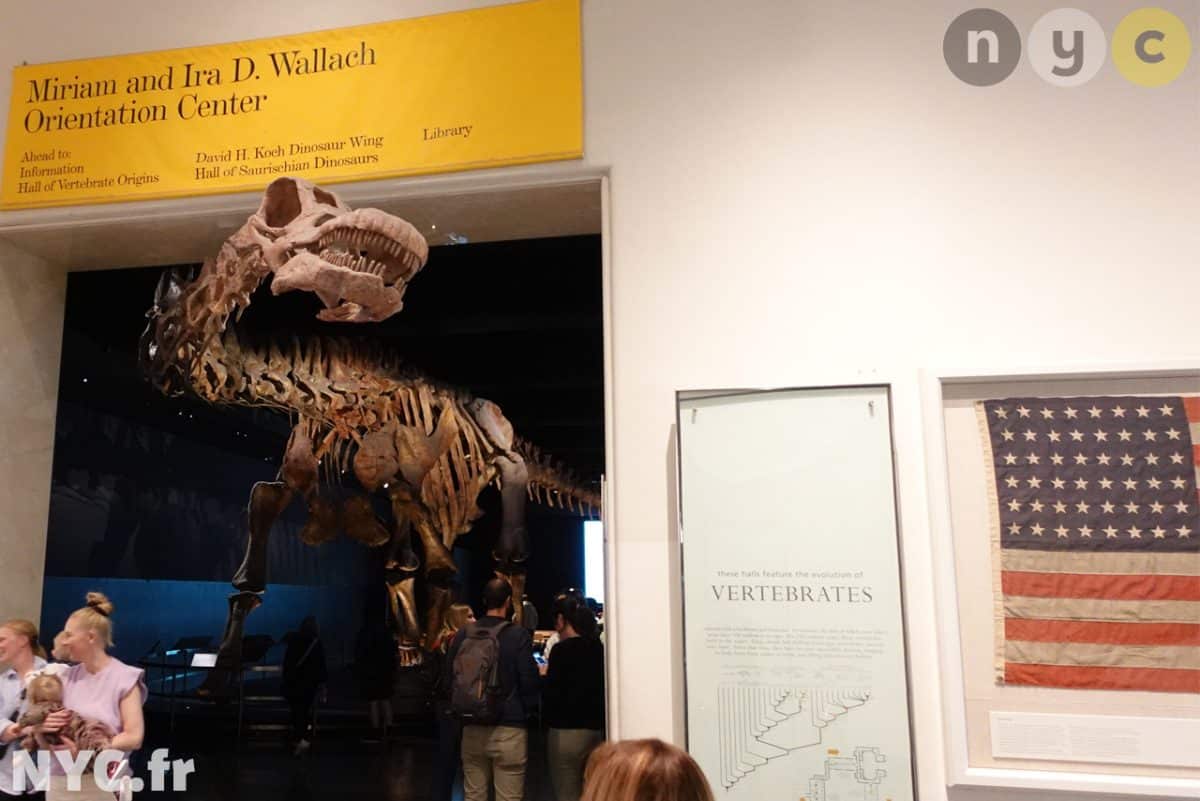
The Star of India and geological wonders
In the Mignone Hall of Gems and Minerals, admire the Star of India, the largest blue sapphire in the world at 563 carats. Discovered in Sri Lanka, this jewel is over 2 billion years old and looks as if it has just stepped out of space. This room presents more than 5,000 mineral species from the four corners of the globe, offering a festival of colours and extraordinary crystal formations.
Meteorites, celestial messengers
In the Ross Hall of Meteorites, on the first floor, you can not only observe but also touch authentic meteorites. The Willamette meteorite, weighing over 15 tonnes, is the largest ever found in the United States. It crashed to Earth at the dizzying speed of 64,000 kilometres per hour. These rocky fragments from space provide a fascinating window onto our solar system.
The Mammal Halls dioramas
Divided into six sections (North America, Africa, Asia, New York, Primates and Small Mammals), the Mammal Halls take you on a journey through the world’s ecosystems. The 43 dioramas on the first floor present North American wildlife in its natural habitat:Alaskan brown bears, moose and musk oxen. On the second and third floors, admire the majesty of African elephants and lions, perfectly staged. These“windows on nature” are among the museum’s most popular installations.
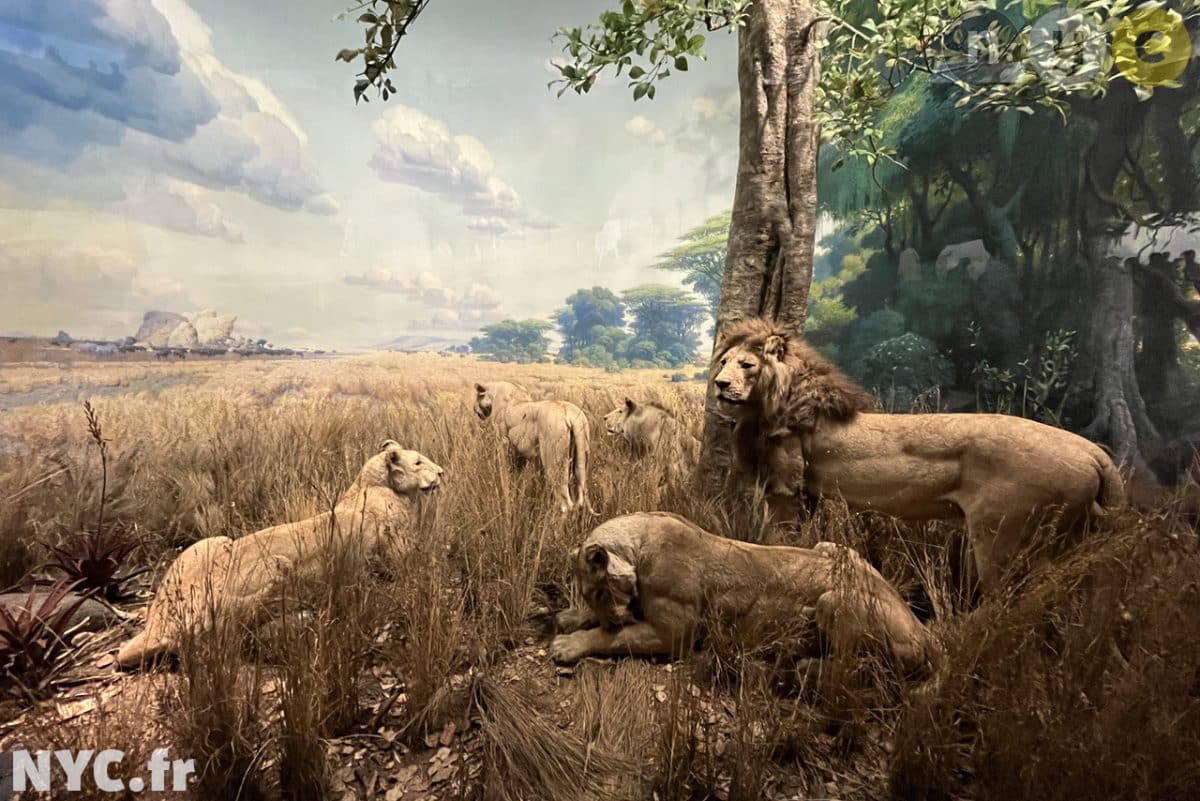
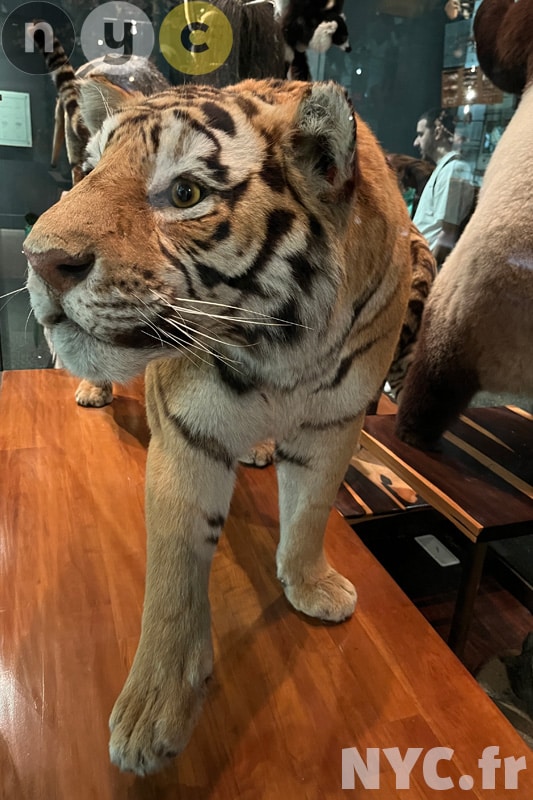
The Rose Center for Earth and Space
On the first and second floors, the Rose Center for Earth and Space offers an unforgettable cosmic odyssey. The digital atlas of the universe in the Hayden planetarium and the cosmic trail give you the impression of being on board a spaceship. Immersive presentations on the origins of our universe, black holes and distant galaxies will captivate astronomy enthusiasts.
The Richard Gilder Center: the futuristic extension
Inaugurated on 4 May 2023, the Richard Gilder Center for Science, Education and Innovation represents the museum’s most recent expansion. This ultramodern wing, covering 22,000 m² over 6 floors, impresses first and foremost with its architecture, inspired by the natural canyons of the American West. Its rounded beige walls evoke the cliffs and caves of America’s national parks.
This extension houses three major attractions: an insectarium highlighting the crucial role of insects in our ecosystems, a vivarium housing more than 80 species of butterfly, and the“Invisible Worlds” experience, a totally immersive room that takes you on a journey from tropical forests to the oceans, right up to the human brain. The Griffin Atrium, which resembles a canyon carved out of the rock, is the spectacular entry point to this new wing.
Access to the Richard Gilder Center is included in the standard admission ticket, but to enjoy the vivarium and the “Invisible Worlds” experience, there is an additional charge of $11.
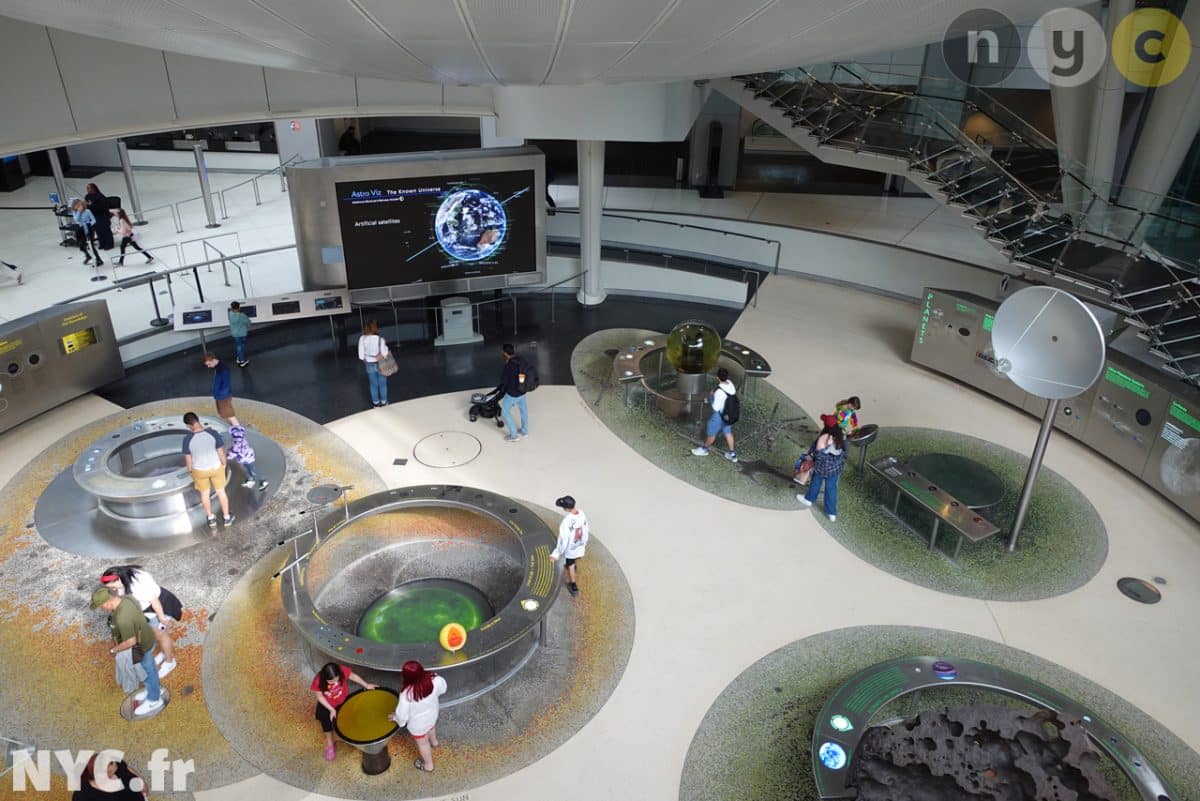
The cultural and anthropological halls
The Humans Origins and Cultural Halls, on the second and third floors, trace human evolution through an exceptional collection of artefacts from civilisations all over the world. You’ll discover objects from the Maoris, Amazonian tribes, Incas, Yorubas and Aztecs. Fans of the film“Night at the Museum” will be delighted to recognise the famous Easter Island moai on the third floor of the Hall of Pacific People.
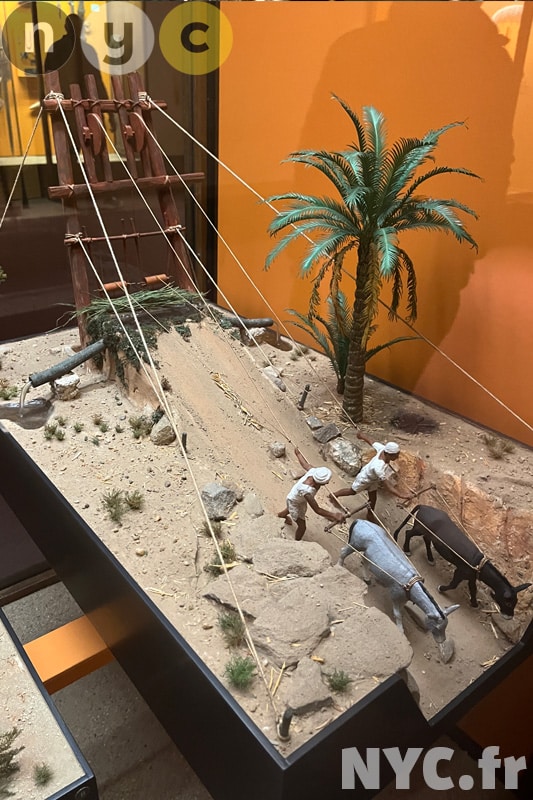
Practical information for your visit
Location and access
The museum is located at 200 Central Park West, directly opposite Central Park. There are two options for getting there by metro: lines B and C ( 81st Street station) or line 1 ( West 79th Street station, a 7-minute walk away). The Hop-on Hop-off tourist bus stop is right opposite the museum, making it easy for tourists to get there.
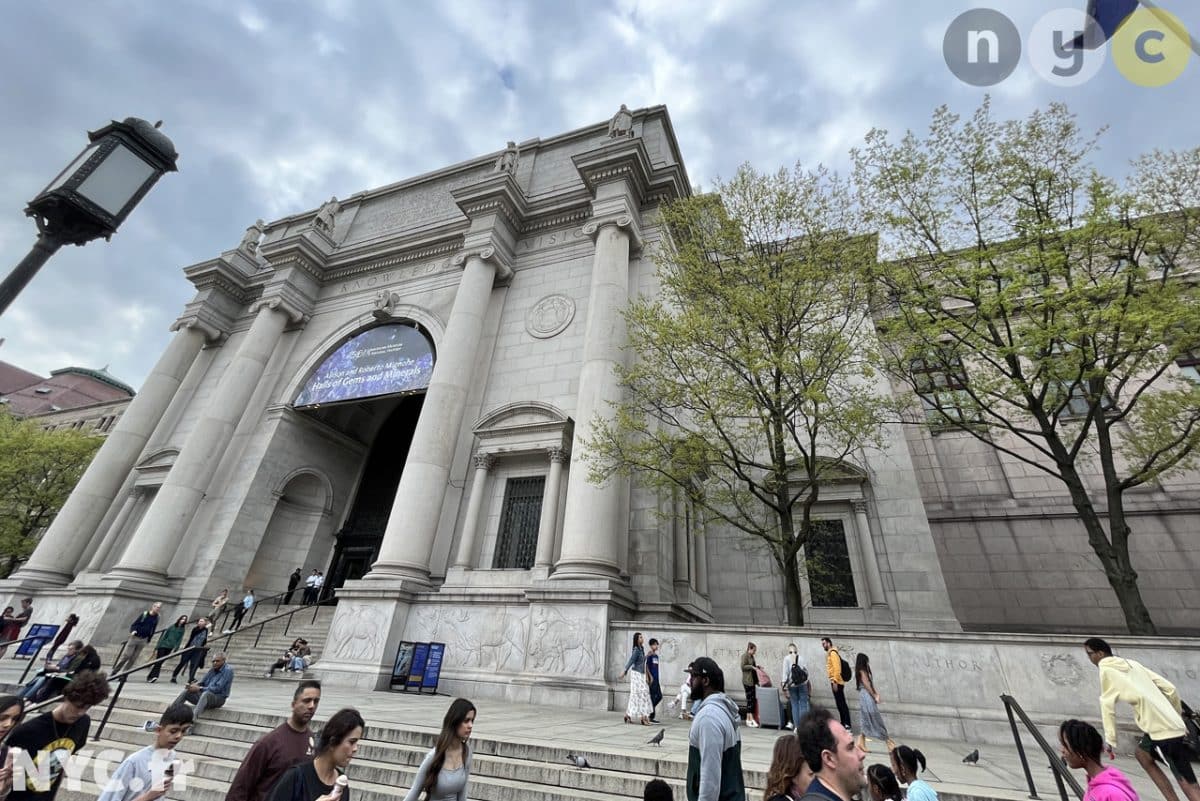
Opening times and prices
The museum is open from Wednesday to Sunday, from 10am to 5.30pm. It closes only on Thanksgiving Day and Christmas Day. Prices are structured as follows:
- Classic ticket: €30 for adults, €17 for children (aged 2-12), €24 for pensioners ( aged 65)
- Classic ticket for 1 temporary exhibition: €36 for adults, €22 for children, €28 for pensioners
The classic ticket gives access to all the permanent exhibitions (over 40 rooms), the Rose Center and the Richard Gilder Center. To save money, book your tickets online in advance or use a tourist pass such as the New York Pass or the New York Sightseeing Flex Pass, which include admission to the museum and avoid queues.
Save on admission to the American Museum of History
The American Museum of Natural History is available with The New York Pass, Go City, Sightseeing Pass and CityPASS. Book one of these to visit attractions at the best prices.
On-site services
The museum has several dining options: a café on the first floor offering even wine and beer, another on the fourth floor for light snacks, and a larger dining area on the lower level, ideal for families.
A cloakroom is available at the main entrance (on the 79th Street side) at a cost of $2 per person. Please note that large backpacks and luggage cannot be left there. All exhibitions are wheelchair accessible, with lifts near the 77th Street and Central Park entrances.
The museum shops offer a variety of unique and original souvenirs, from t-shirts to educational books and toys. A tip for parents: if your child loves dinosaurs, allow for an extra budget – it will be hard to resist Triceratops plush toys or T-Rex skeleton kits!
Tips for making the most of your visit
Plan your itinerary
With 45 rooms spread over 5 floors, it’s impossible to see everything in one visit, even if you spend the whole day there. Plan at least 2 to 4 hours in advance and select the rooms that are of particular interest to you. Download the museum map in French before your visit to save time on site.
The museum’sofficial app is an invaluable tool: it geolocates you inside the building, making it easier to navigate between the different rooms. It also provides real-time information on current temporary exhibitions.
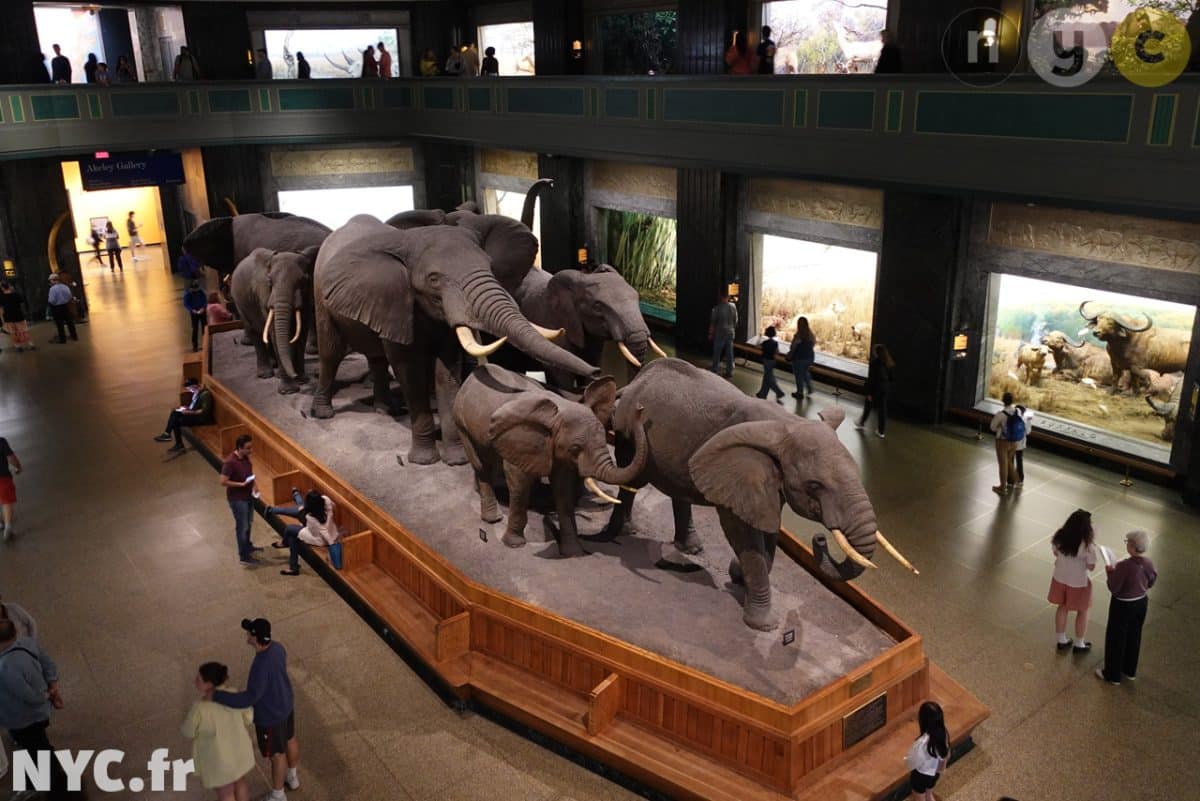
Guided tours and linguistic accessibility
The museum offers daily guided tours in English. For French speakers, tours in French are organised on specific dates – check the official website for timetables. An audio-guide in French is available to accompany you on your tour.
Rules to observe
A few simple rules apply during your visit: it is forbidden to eat or drink in the exhibition halls. Photographs are permitted for personal use, but selfie poles and tripods are prohibited.
Planning your day around the museum
The museum is an ideal activity in bad weather or during the winter months. When the weather is fine, combine your visit with a walk in Central Park, just opposite. After spending a few hours inside, there’s nothing like a walk or picnic in this green lung of Manhattan.
For families, the museum is an educational paradise. The variety of exhibits caters for a wide range of interests, from dinosaurs to space and animals from all over the world. The Discovery Room offers activities specifically designed for the youngest visitors.


